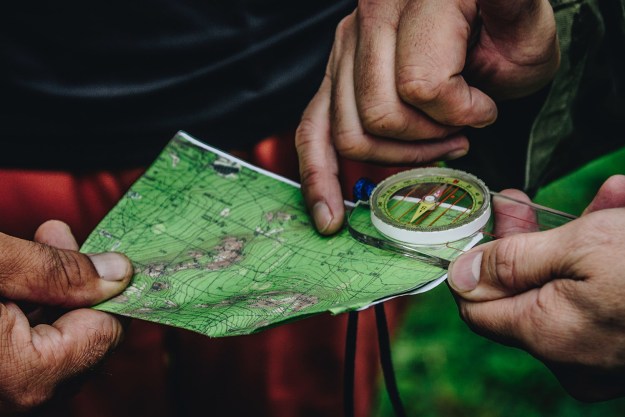Many states across the vast and majestic U.S. of A. have wonderful outdoor recreation opportunities, but these opportunities tend to be limited by that thing we call the season. There are miles and miles of sandy beaches along the eastern seaboard where warm Atlantic waters make summers idyllic, but in wintertime, much of the East Coast is rather useless from an outdoor activity standpoint. Southern California’s deserts are great for hiking and camping until summertime, when average daily highs are often above 110 degrees Fahrenheit. Unless you like ice fishing, Minnesota’s 10,000 lakes aren’t much fun in winter. And so it goes.
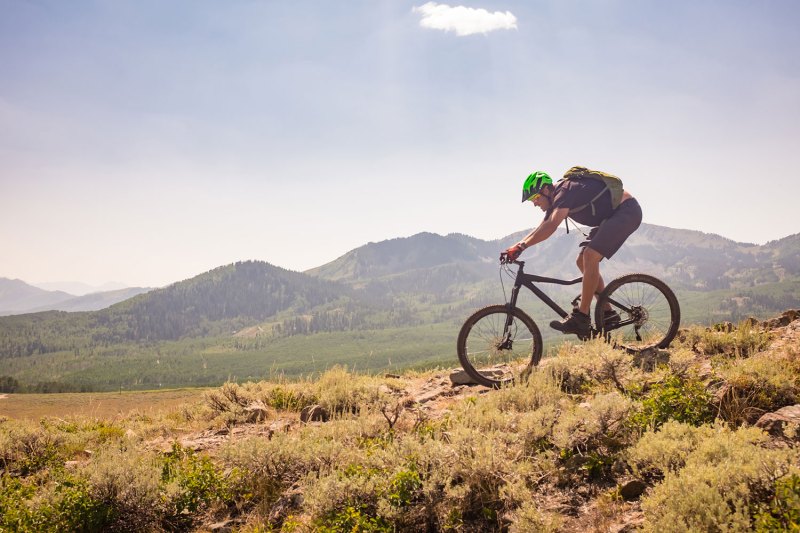
Until you go to Utah, that is. If you like being outdoors, there’s never a bad time to visit the Beehive State. Utah offers such a vast range of outdoor activities that you could try your hand at a half dozen different pursuits each season and still only scratch the surface. And in UT, you can enjoy many forms of recreation in multiple seasons thanks to the uniquely varied terrain and topography, which ranges from tall mountains to deserts to forests.
Clearly grasping that there’s something special to Utah when it comes to the great outdoors, in 2013 Governor Gary Herbert created the Office of Outdoor Recreation, the first such office in America (and one now emulated by several other states). The director of that office is a man named Tom Adams, who started skiing at age four, who has completed numerous first ascent climbs around the state, and who worked for vaunted outdoor hardware brands Black Diamond and Petzl and as a ski instructor before he made his life’s passions his life’s work. We spoke to Tom as well as to Danny Van Wagoner, mayor of the town of Castle Dale and an avid outdoorsman, and to Nikki Smith, noted climber, writer, and photographer who has notched more than 150 roped first ascents and 200 bouldering first ascents.
The experts have spoken. Here’s how to make the most of America’s 13th largest state.
Utah in Winter
Utah is a sublime spot for downhill snow sports. Everyone we spoke to talked at length about resort skiing and snowboarding, as well as backcountry skiing and boarding. But there are so many more winter sports one can try out here. There’s snowshoeing and cross-country skiing. There’s snow fat biking. There’s snowmobiling.
And then there’s the growing sport of ice climbing. This is a relatively new recreational sport, but it’s gaining popularity in many places around the nation and globe. Utah just happens to be a great spot for ice climbing. Tom Adams said, “Because of Utah’s unique landscape a lot of those flagship outdoor brands like Petzl, Backcountry, Goal Zero, and Black Diamond are housed in Utah. So you’re not only getting outside easily and often, but you have instant access to some of the world’s best equipment and guides for doing so, which is great for beginners and building a strong community.”
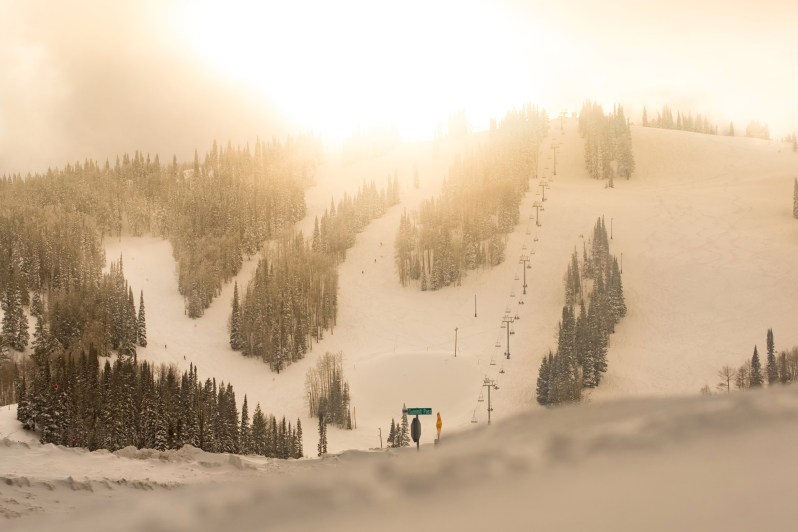
If you want to try your hand(s and feet) at ice climbing, try Provo Canyon, just 30 miles SSE of Salt Lake City. If you prefer to stick to skiing, try heading north, instead. There’s Snowbasin. There’s Powder Mountain. There’s … a lot of places, basically.
And if you want to keep things varied, you’re in the right place. “We also have what some have coined the ‘trifecta,'” Tom Adams says. “[That’s] is when you complete three separate mountain activities in one day. You might see someone backcountry skiing in the morning, ice climbing in the early afternoon, and wrapping things up with a mountain bike ride on the Bonneville Shoreline Trail in the evening. ”
Utah in Spring
Skiing and other snow activities linger well into the spring in UT’s mountains, but as the thaw sets in, the long climbing season begins. Both Tom Adams and Nikki Smith recommend rock climbing in spring, with Smith is singling out Little Cottonwood Canyon as a prime spot for getting on the rocks in springtime. Mayor Danny Van Wagoner recommends spring bouldering, with Joe’s Valley offering some of America’s premier spots for these short, unroped, highly challenging climbs.
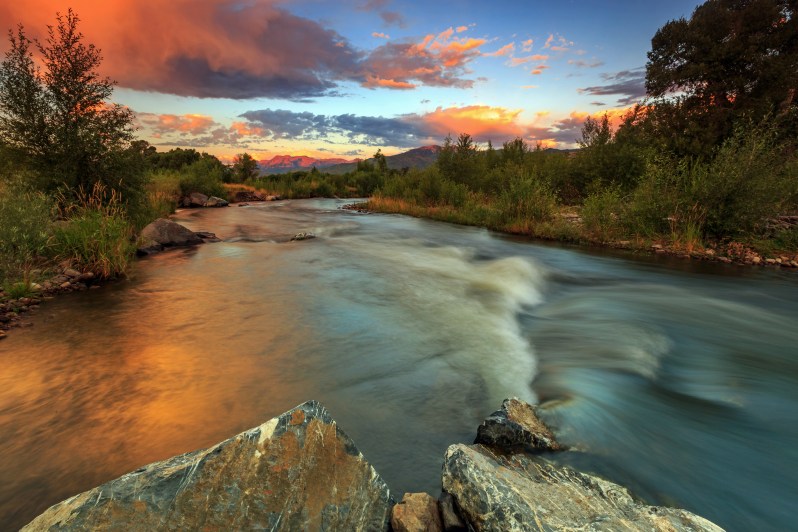
Mayor Van Wagoner also says that as spring returns “the desert is open to hiking and mountain biking,” the latter having been his personal favorite sport for decades. There are also superlartive opportunities for camping. A prime spot? The Little Grand Canyon, carved over the millennia by the San Rafael River. One of the more scenic spots you’ll ever see, the Wedge Overlook, is just a 30-minute drive (on dirt roads) from the mayor’s home town of Castle Dale, and you can camp above or down in the canyons any time of year, no permits needed.
Spring is also a great time for kayaking and rafting as Utah’s rivers swell with snowmelt. Check out the Provo and Weber Rivers for those, and don’t forget about the fly fishing, either.
Utah in Summer
In the summertime, Utah offers so many opportunities for outdoor excitement that you’ll need to either pick and choose or take a sabbatical to get them all in. Utah, says Nikki Smith, is “so diverse in terms of geography and climate. You have the alpine landscape of the Uintas and La Sals. The forests of the Wasatch. The red rock deserts of Moab to Zion. The unique and quiet West Desert. The solitary Salt Flats. In a few hours drive from wherever you live in Utah, you can find so many different types or terrain and climate. It makes outdoor sports possible year round for people of all ages and athletic levels.”
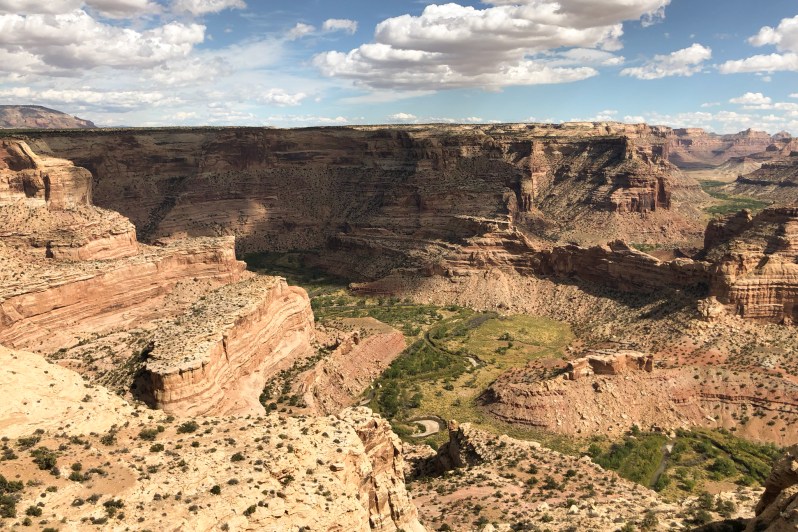
Basically, if you can’t find something to do outdoors here in the summer, you’re … you’re just kind of an indoor kid.
Bouldering is one of the most popular summer recreation activities, and growing ever more so thanks to the few barriers to entry. All you need are some climbing shoes, some chalk, a crash pad, and friend to spot you. (If you’re interested in the sport, go to the Joe’s Valley Bouldering Festival in September to climb with and learn from some of the best boulder climbers practicing the sport today.)
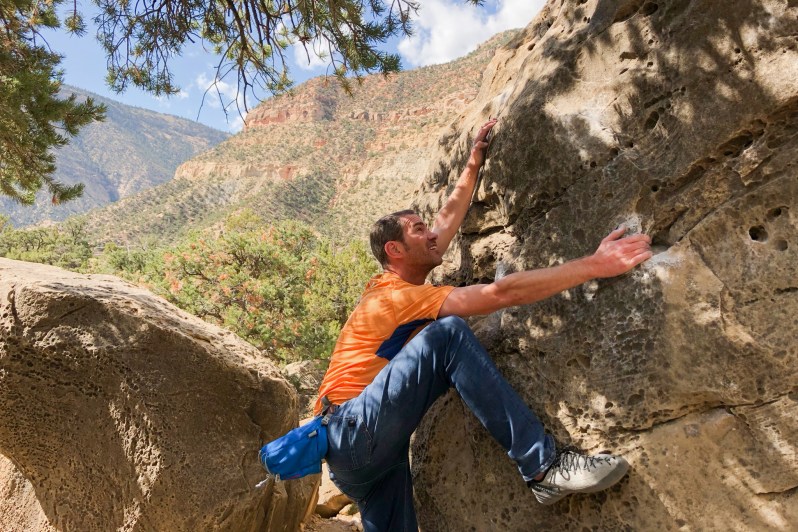
Beyond bouldering, as the last snows melt, Utah becomes one of the greatest rock climbing spots to be found. There are hundreds of mountains to explore with thousands of routes to follow, and many firsts still out there.
If you love the mountains but don’t so much care for climbing their sheer faces, there’s mountain biking, trail running, hiking, ATVing, camping, and more. On the water, be it lakes or rivers, Utah summers offer great fishing, paddling, wake boarding, and water skiing. Or if you need more speed, get a jet ski and zip over the lakes or carve your way through a narrow slot canyon.
Utah in Fall
Autumn still offers many of the same opportunities as spring and summer, such as climbing, bouldering, hiking and biking, trail runs, and certain motorized sports. Added to this is the hunting season as well as the first snows at higher elevations.
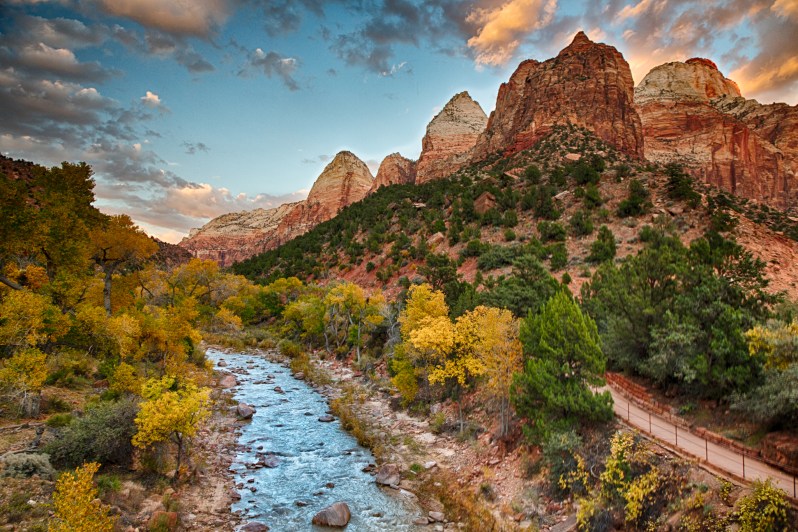
The early to mid-fall is ideal for long days spent climbing, as the midday temperatures are mild. This is also a great season for horseback riding, as your mount won’t work up too much heat even on long rides on strenuous trails. And thanks to mild days and cool night, camping in the Utah desert is ideal during the fall. And during those chilly fall nights, Utah offers some of the best stargazing opportunities in the nation. There are myriad spots around the state where you can behold the night sky without manmade light pollution, enjoying the cosmos as it is supposed to look.
